#405 Freeway
Explore tagged Tumblr posts
Text
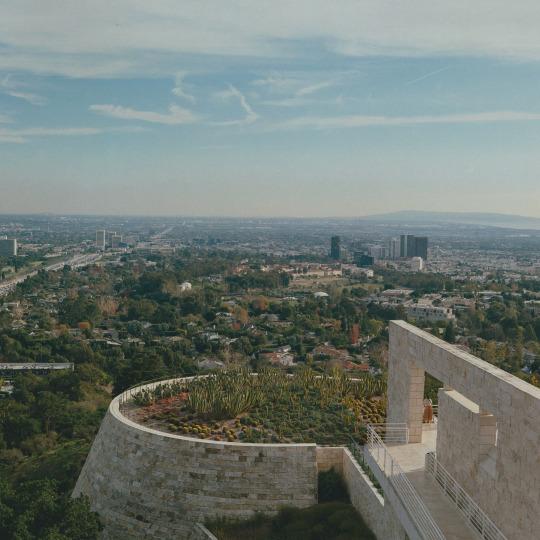
The Getty
Brentwood, CA
#brentwood#the getty#landscape#architecture#nature#museum#bronica sq-a#120#medium format#kodak gold 200#socal#la#los angeles#405 freeway#film#analog#filmisnotdead#ishootfilm
37 notes
·
View notes
Text
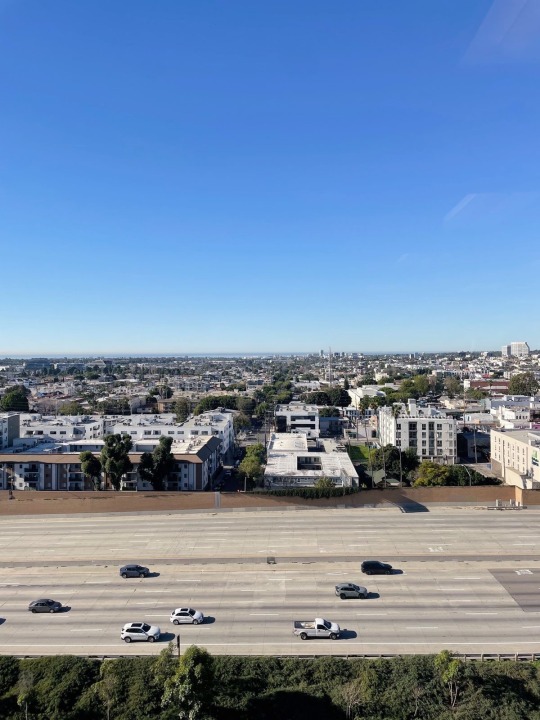
#rosecoloredsunsets#eternal california#eternalcalifornia#mine#california#aesthetic#beachside#los angeles#beach#nature#highway to heaven#highway#405#405 freeway#santa monica#work views
13 notes
·
View notes
Text




#tree tobacco#nicotiana glauca#toxic plants#flowering trees#seed pods#urban nature#freeway#405 freeway#van nuys
3 notes
·
View notes
Text

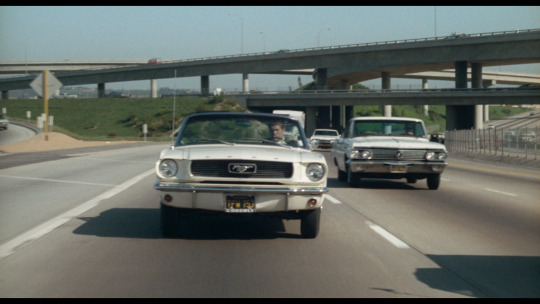
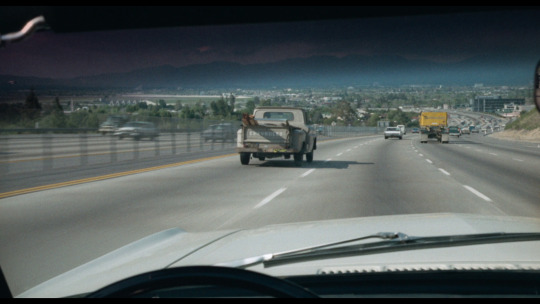
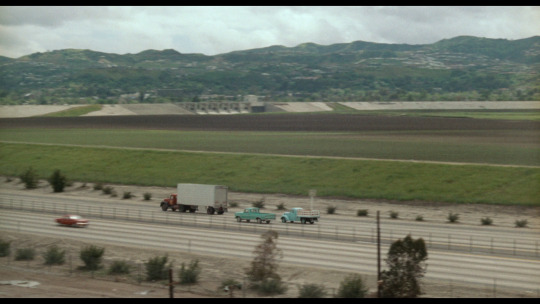

Sepulveda Dam area and 405 freeway as seen in 1968's TARGETS
#targets#los angeles#screenshot#405 freeway#405#panorama city#reseda#peter bogdanovich#Sepulveda Dam
10 notes
·
View notes
Text
putting on a binder is like getting on the 405... I only do it if I'm going somewhere interesting
10 notes
·
View notes
Text

405 on the 405!!!!!!!!! It's hereeeee!!! 💃🏼💃🏼💃🏼
0 notes
Text
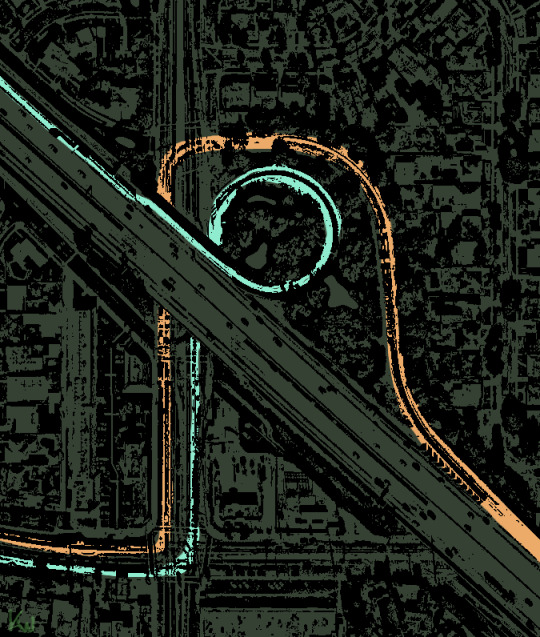
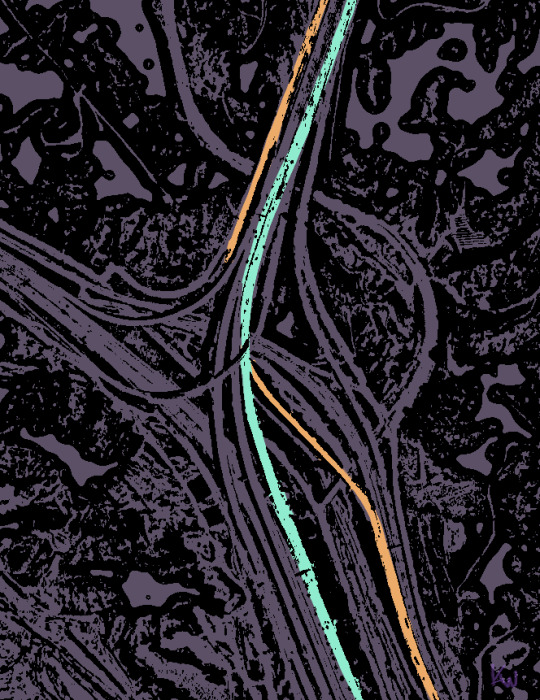



freeway fanart
#oc#art#shoutout to the freeway. can i hear it for the freeway#pictured. the 210 the 134 the 605 the 5 the 14 the 405. and maybe some other ones i don't know#cali
24 notes
·
View notes
Photo

Brainiac off the 405 freeway in Los Angeles
27 notes
·
View notes
Text

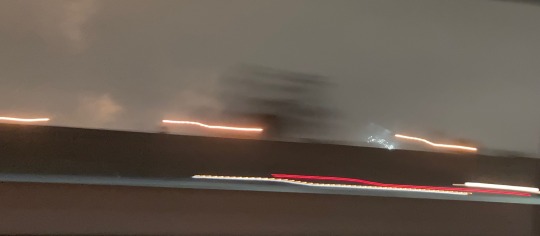
2 notes
·
View notes
Text

The 405, RA Clayton #freeway #urbanphotography #traffic #photogallery
44 notes
·
View notes
Text
Some of the photos:

The frame of the house stands where former Australian child star Rory Sykes died in a neighboring cottage during the Palisades Fire on Rambla Pacifico Street. Sykes was 32 years old and had cerebral palsy. Ivan Kashinsky

CBS News Los Angeles reporter Tom Wait stands in front of the Palisades Fire as it burns on the mountains between Mandeville Canyon and the 405 freeway on January 11. Ivan Kashinsky

As Topanga Canyon still smoked from the burning of the previous days, the Palisades Fire continued, threatening Mandeville Canyon and Encino. The fire burned more than 23,000 acres. Ivan Kashinsky

A person walks into a house as the Palisades Fire burns close on Waveview Drive in Topanga Canyon on January 9. After I finished packing my car, I drove up to the top of my neighborhood to find the fire threatening the houses lining Topanga State Park. Ivan Kashinsky

A firefighter looks over the Palisades Fire from the end of Amy Way in Topanga Canyon on January 9. Ivan Kashinsky

On January 14, a burned-out house on a hill overlooks the Pacific Palisades days after the Palisades Fire came through. Ivan Kashinsky
6 notes
·
View notes
Text
bau squabbling like a family playing monopoly
spencer: you should've listened to me!
derek: it wouldn't have saved that much time, reid. let it go
spencer: actually, the interchange between the 405 and the 101 freeways is consistently rated the worst interchange in the entire world
derek: why do you know that
spencer, getting out of the car: it's a government report! you work for the government and you don't read the reports?
derek, following behind him: on traffic patterns for a city 2,500 miles from where i live?
spencer: correction, 2,295 miles
derek: don't make me smack you in front of all these people
#criminal minds#criminal minds rewatch#criminal minds memes#spencer reid#derek morgan#canon transcript#i love when shows give us scenes like this#just two characters being idiots#arguing like brothers#goofing off
31 notes
·
View notes
Text

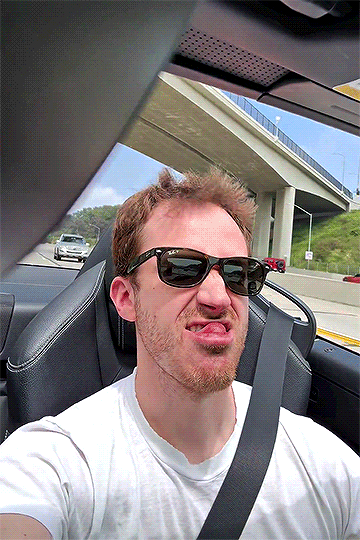

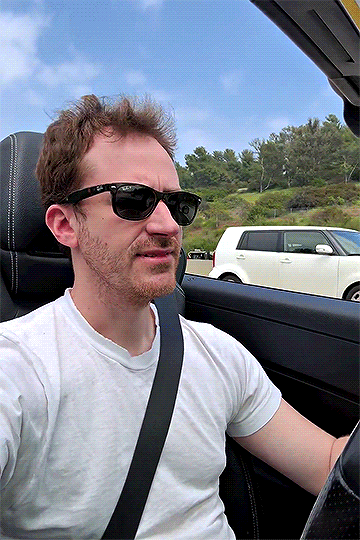
joe_mazzello I did it. I finally did it. I finally reached peak LA. Mercedes, top down, 405 freeway, Eye of the Tiger… and filming myself.
#joemazzelloedit#joe mazzello#borhapcastedit#useremu#joemazzgif#mine#i want to squish this man#just absolutely squeeze him#get you someone who loves you like joe mazzello loves white t-shirts
113 notes
·
View notes
Text
So I live in Burbank, about halfway between both fires in LA. Last night for no reason I drove down to Santa Monica and drove as close as I could to the Pacific Palisades which is San Vicente to the north. Every single road leading up the hill into the neighborhood (homes that were fully intact but under mandatory evacuation order still, even though the fire is burning the other direction) had a national guardsman standing next to a giant tan Hummer with a gun. Smell like smoke not as plastic and toxic as how the Altadena fire smelled more closer to a campfire but still very strong even in my car. Didn't see any flames or even glowing smoke even though the fire was very close to the 405 freeway that I drove on.
2 notes
·
View notes
Text
A Los Angeles woman fatally stabbed her partner and possibly threw her two children from a moving SUV on the freeway before she fatally crashed into a tree Monday morning, authorities said.
An 8-month-old girl died and her 9-year-old sister was injured in the violence, which began around 3:40 a.m., Los Angeles police said Tuesday.
The children’s mother, Danielle Johnson, 34, got in an argument with a man whom she lived with, Jaelen Chaney, and stabbed him with a knife, police said.
Johnson then took her two children in a Porsche SUV, and at 4:30 a.m. that car was seen driving on Interstate 405 "when the two children were expelled from the vehicle while it was moving,” police said in a statement.
Investigators believe the children fell or were thrown out of the moving vehicle, the California Highway Patrol said. The infant died, and the 9-year-old was taken to a hospital with what police said were moderate injuries.
Johnson then sped into a tree in Redondo Beach, a coastal city in the Los Angeles region, at more than 100 mph, police said. She did not survive the crash, which occurred around 5 a.m.
Investigators later found Chaney, 29, dead in the Woodland Hills home where they lived with Johnson's children, police said. The deadly incidents were later connected and determined to be a double murder and a suicide, police said.
“We really don’t know why this incident escalated to such violence,” Police Lt. Guy Golan said, according to NBC Los Angeles.
The highway patrol said it was broadcast a medical emergency at 4:29 a.m. about the injured children on the freeway, and authorities found the infant with major injuries. The Culver City Fire Department pronounced her dead at 4:44 a.m., the highway patrol said.
Redondo Beach is around 30 miles south of Woodland Hills, which is in the San Fernando Valley in Los Angeles. The 405 Freeway is the main artery linking the western part of the valley to the Los Angeles basin.
The surviving child is in the care of Child Protective Services, NBC Los Angeles reported.
7 notes
·
View notes
Text
Some assumptions can be made from what is known.

4 notes
·
View notes